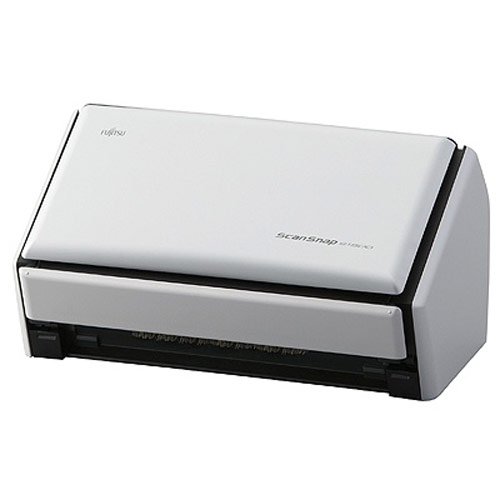The Paperless Office concept is real. And with today's technology, it is more affordable and easier to accomplish for even a small home office. To successfully maintain your "paperless office", it is critical for you to establish a simple naming convention for all your electronic documents. When you follow a well-defined naming convention, it is easier to find your documents, and continually use and maintain your paperless office.
A naming convention is simply a well-structured standard that you define for your electronic documents. Keep it simple and logical, so that you and anyone else that accesses your documents can easily understand and follow your naming guidelines.
For example, a simple and logical naming convention for your home bills might be:
[date].[company].[type].pdf
Following this naming convention, your scanned "bill" statements may have the following file names:
2010_01_01.ComEd.bill.pdf
2010_01_15.Verizon.bill.pdf
2009_12_15.Verizon.contract.pdf
Immediately, just from looking at these file names, you can tell that these documents are your electric utility bills and cell phone bills. You also can instantly identify the dates for each bill statement. In the last example, you can quickly see that this is your "contract" agreement with your cell phone service.
This is just one simple example of a naming convention. When defining your own naming standards, consider a structure that will best support the way you think and organize your office.
And do not stress about getting your naming structure perfect in the beginning. The nice thing about a paperless office, having all your documents as electronic (soft-copy) files on your computer, is you can easily change your naming standards and tree folder structure in the future.
I strongly suggest to use "dates" in the first part of your file names, and format them as [YYYY_MM_DD]. Use the full [four-digit year], then the [two-digit month] and then the [two-digit day]. By following this specific format for dates in the front of all your filenames, you then have the flexibility to sort your files by "name", allowing you another way to quickly locate your documents within each folder chronologically.
As you continue to develop and maintain your paperless office, following your simple naming convention, along with a logical and well-defined "folder structure" will go a long way to keeping your electronic documents organized and efficient.

